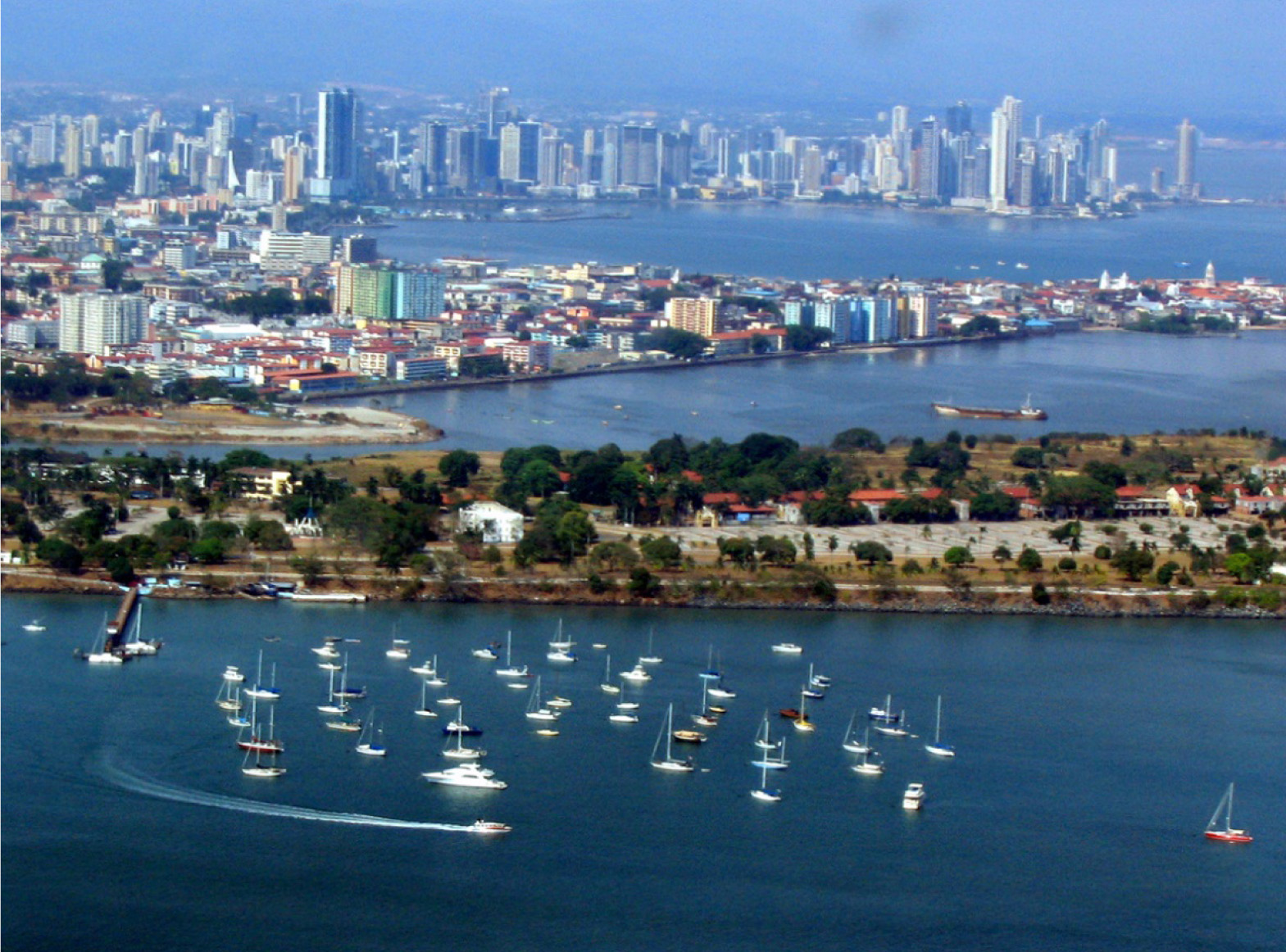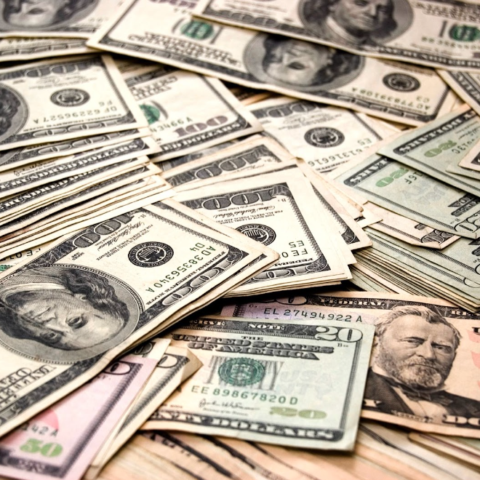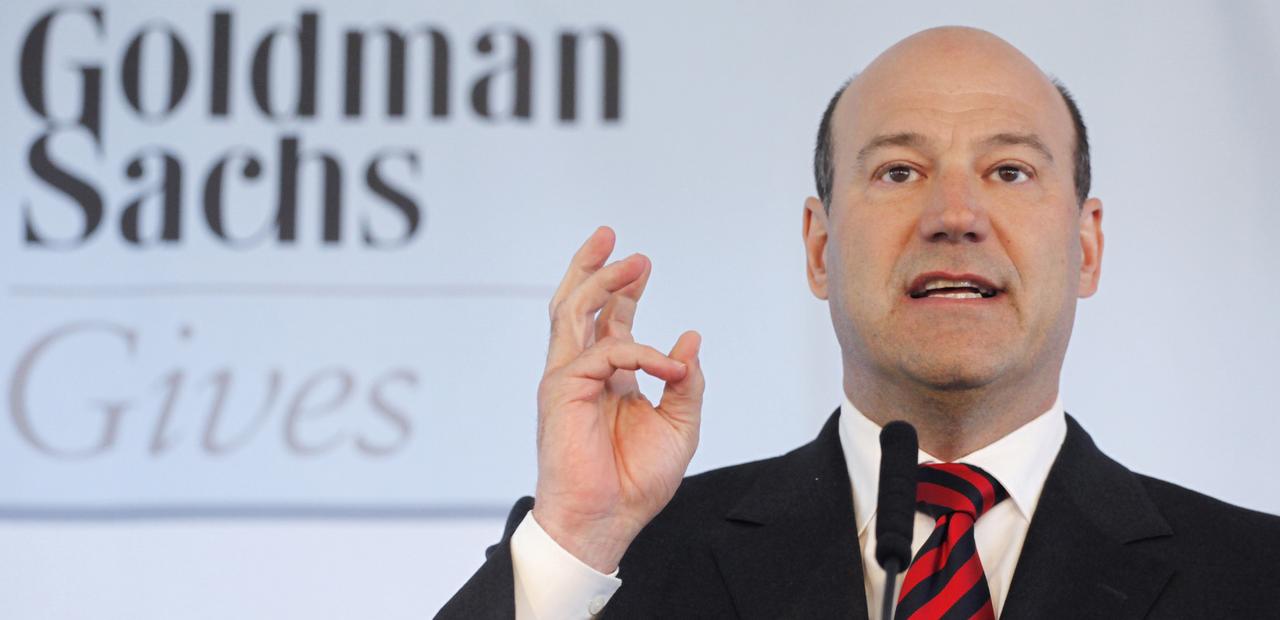By: Marco Roca

On Aug. 12, 1903, the Colombian Congress rejected the Hay-Herrán Treaty, which would allow the United States to finalize construction on the Panama Canal. Unfortunately for Colombia, the United States was not to be deterred. Immediately after receiving the disappointing news, the U.S. government began to fuel the Panamanian separatist movement and precipitated the creation of the modern nation-state of Panama. Through no coincidence, the United States was granted the rights to build, administer, fortify, and defend an inter-oceanic canal with the Hay-Bunau-Varilla Treaty. The Panama Canal was completed in 1914, and until the Torrijos-Carter Treaty relinquished full jurisdiction of the canal to Panama in 1977, it facilitated American political and economic dominance in the region. Although exploitation under the thumb of American imperialism has negatively impacted Latin America, it has its perks as well: countries like Panama that have decided to maintain close relations with the United States have been handsomely rewarded.
The foundation of Panama’s economic explosion in recent years is most accurately described by one word – “prodigious.” Panama is now widely regarded as the region’s economic jewel, on par with the economies of countries such as Switzerland in Europe. This year alone, in spite of the global recession, Panama has a projected growth of 9 percent, compared to a projected Brazilian economic growth rate of 3 percent. The unemployment rate has also decreased by well over 67 percent in the last five years and currently hovers around 4.5 percent. Over that same period of time, Panama’s poverty rate has decreased more than 10 percent. It’s possible that it’s too early to call, but Panama might just be the economic miracle of the early 21st century, rivaling the Southeast Asian Tigers (Hong Kong, Singapore, South Korea, and Taiwan) and the B.R.I.C. countries (Brazil, Russia, India, and China).
Panama’s geographic location in the heart of Latin America and its role in global trade ensure that its relationship with the United States remains vital to the prosperity and security of both countries. Each has been fortunate to reap the benefits of cooperation on a slew of issues, including the curbing of drug trafficking and the promotion of economic, democratic, and social development. Unlike other Latin American countries that discourage American involvement, Panama embraces the United States as one of the main drivers behind its precipitous growth. Neither party denies the fact that Panama stood little chance of accomplishing all that it has without substantial military, infrastructure, and monetary investment from the United States that helped rid Panama of the crime, poverty, and inequality that still hold back much of Latin America.
The most marked increase in Panamanian prosperity occurred after it signed the 2007 Free Trade Agreement with the United States. According to the U.S. Department of State, this treaty “eliminate[s] tariffs and other barriers to U.S. exports, promote economic growth, set[s] high standards for the treatment of investments, provide[s] a framework for resolution of investment or trade disputes, and expand[s] trade between the two countries.” Since the ratification of the treaty, Panama has benefited from American imports such as oil, machinery, and other high tech goods, while Panamanian exports to the United States, including seafood, gold, cane sugar, and fruit have been even more profitable.
With double-digit growth in Panama’s economy over these past two years, it is clear that Panama and other Latin American countries willing to coordinate their economies more carefully with the United States will enjoy continued success. Under the policies of Chavez and now Maduro, Venezuela seems to underscore precisely what an aspiring economic powerhouse should not do. According to The Economist, Venezuela has the worst performing economy in the Americas, despite its significant supply of oil. Its inflation hovers at approximately 45 percent a year and supermarkets all over the nation lack basic necessities. A simple comparison of Venezuela’s plights to comparatively tiny and resource-poor Panama leaves a clearer picture of which country chose its allegiances well. In addition to a five-fold increase of trade between the United States and Panama in the last decade, Panama City plans to develop the first subway system in Central American history, a project sure to help millions commute across the capital quickly and cheaply. The verdict is in: Panama’s willingness to trust and work with the United States is seeing incredible returns on an easy decision.


